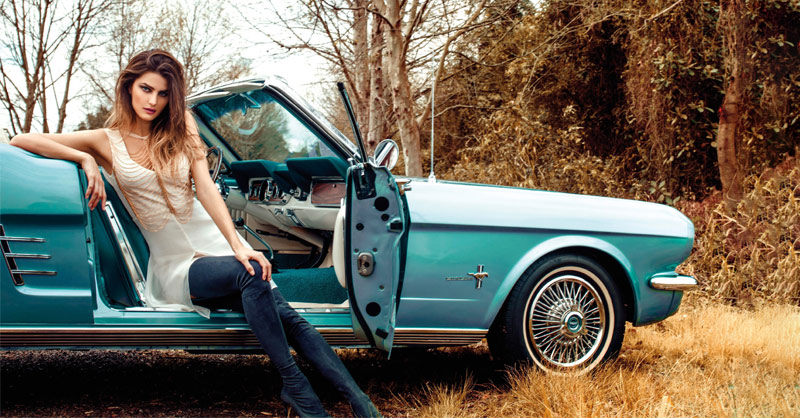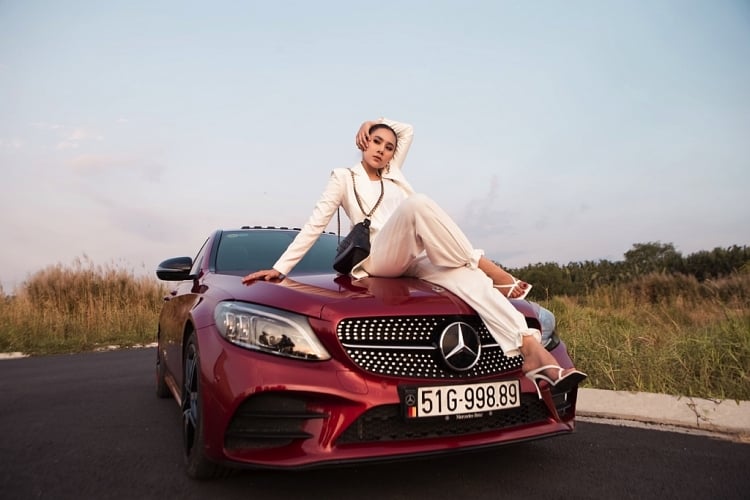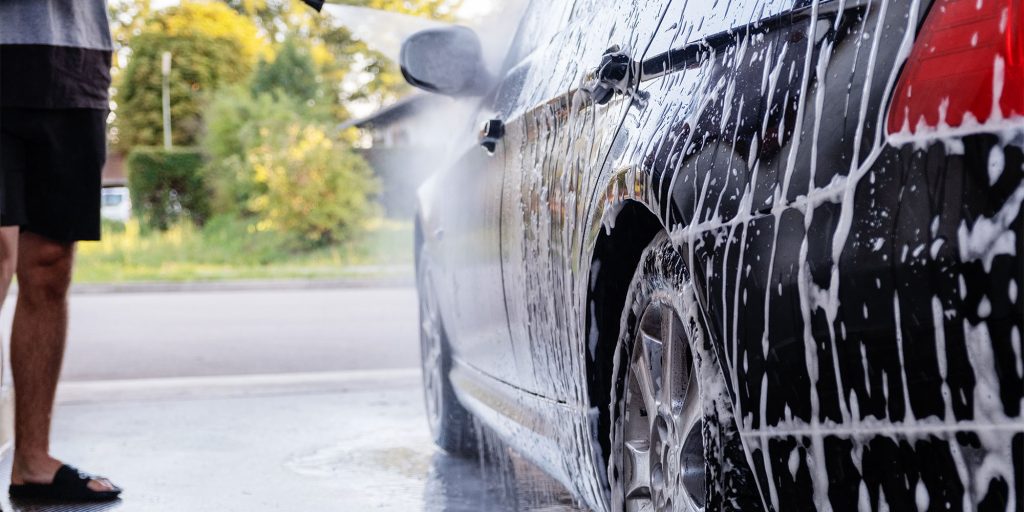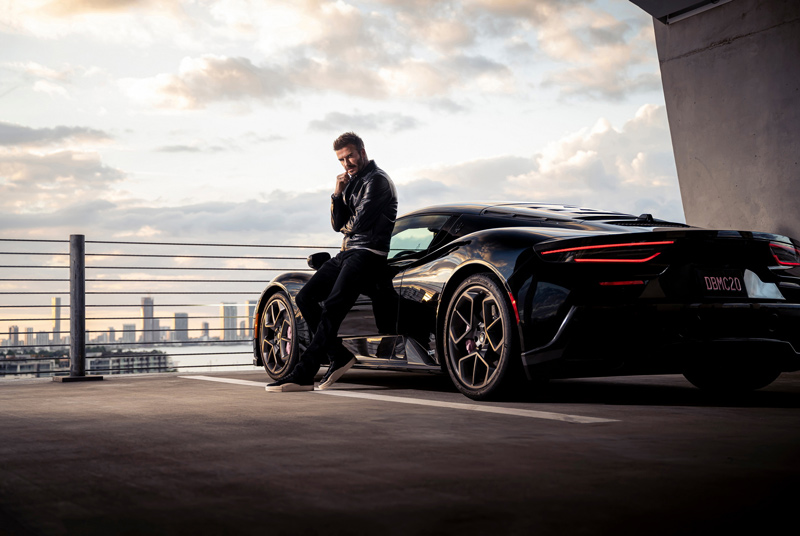

Car photoshoots have become one of the most exciting ways to showcase a vehicle’s beauty, personality, and value. In Singapore, more and more car enthusiasts, collectors, and even everyday drivers are turning to professional photography to create images that highlight their car in the best light. A powerful photo can do more than just capture details—it can tell a story about lifestyle, passion, and pride of ownership.
But while car photoshoots are popular, they’re not always executed well. Many people fall into the same traps that turn what could have been a stunning session into a set of average images. If you’re investing time and money into capturing your car, it’s worth knowing what mistakes to avoid—and how to fix them.

Here are the TOP 6 most common mistakes in a car photoshoot and the best ways to prevent them.
Imagine spending hours arranging the perfect shot, only to realize the car’s surface is dotted with fingerprints, dust, or water streaks. A dirty car can ruin even the most artistic photo. High-resolution cameras pick up every tiny imperfection, from smudges on the glass to micro-scratches on the paint. Under direct sunlight, these flaws become even more visible.
Why it’s a mistake:
How to fix it:
A clean car doesn’t just look better; it makes post-processing much easier since the photographer won’t need to remove imperfections digitally.

The setting of your shoot is just as important as the car itself. Many people overlook this detail and end up photographing their vehicle in cluttered, distracting, or simply unflattering places. A parking lot full of random cars, construction sites, or messy backgrounds will pull attention away from the subject.
Why it’s a mistake:
How to fix it:
When the backdrop complements the car, the photo instantly becomes more powerful and storytelling.

Lighting is photography’s most powerful tool—and its biggest challenge. One of the most common mistakes is shooting cars under the harsh midday sun. While the light is strong, it often creates problems: harsh reflections, deep unwanted shadows, and distorted colors.
Why it’s a mistake:
How to fix it:
Correct lighting transforms the car into a striking centerpiece, emphasizing lines, curves, and textures.

Cars are dynamic, three-dimensional machines—but many beginners capture them only from eye level, straight on. While safe, this perspective doesn’t showcase the full personality of the car.
Why it’s a mistake:
How to fix it:
A variety of perspectives not only showcases the car but also keeps the viewer engaged.

Editing is a delicate art in car photography. Some people add too many filters, crank up the saturation, or overuse HDR effects until the car looks artificial. On the other end of the spectrum, some don’t edit at all, leaving photos flat and unpolished.
Why it’s a mistake:
How to fix it:
Good editing should feel invisible—viewers should admire the car, not notice the software effects.
Cars are often a reflection of their owners, yet many photoshoots miss this emotional element by excluding people entirely. While standalone car shots are important, adding a human element can create more meaningful storytelling.
Why it’s a mistake:
How to fix it:
When people and cars share the frame, the photo transforms from technical to emotional, resonating on a deeper level.
While DIY shoots are tempting, avoiding all these mistakes can be challenging without the right expertise and equipment. That’s where professional studios like Dato Photography Singapore step in.
Dato has built a strong reputation in Singapore for delivering high-quality car photography that captures both technical precision and artistic flair. With years of experience, their team understands how to balance light, angles, and editing to produce flawless results.
What sets Dato apart:
Whether you own a luxury sedan, a vintage collectible, or a sporty coupe, Dato ensures your car looks as impressive on screen as it does on the road.
A car photoshoot is more than just a collection of pictures. It’s a way to celebrate craftsmanship, express personality, and preserve memories of something you love. But as we’ve seen, small mistakes—from poor lighting to over-editing—can make the difference between a mediocre image and a masterpiece.
By avoiding these six common errors and, when possible, partnering with professionals like Dato Photography Singapore, you can ensure your photoshoot highlights your car in the most stunning way possible.
If you’re ready to transform your car into a work of art, it’s time to book your session. Let your vehicle shine with images that capture its full story—style, strength, and soul.
→ Contact Dato Photography Singapore today to plan your next car photoshoot.



